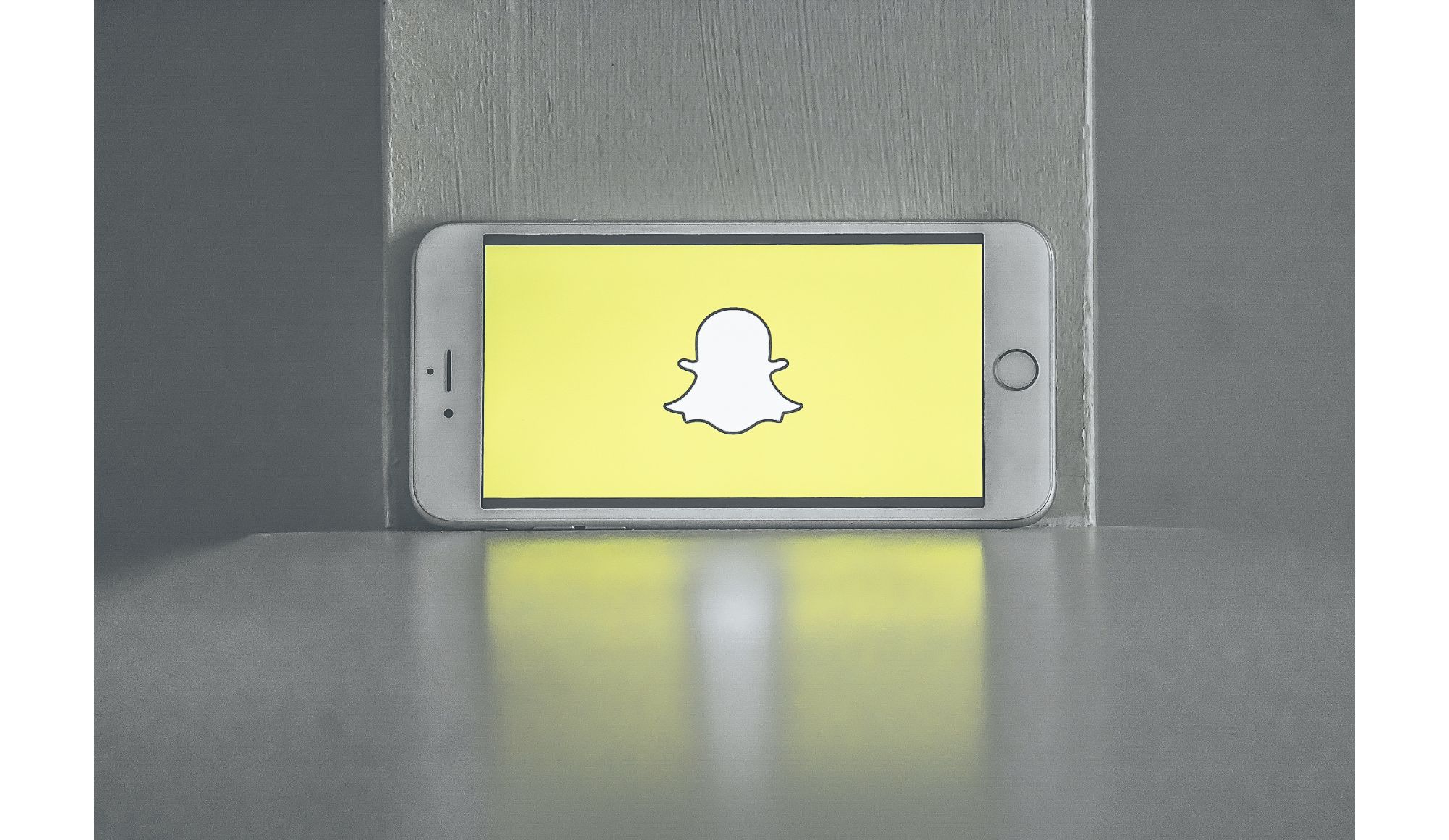Is SNAP a Buy After the Crash?
When a stock bombs, it’s usually best to run for cover. Every once in a while, though, it’s worth a closer look. If the fundamentals are strong, the future prospects are good, and the selloff was overblown, it’s possible the company’s stock is on sale.
So many stocks have dipped to record lows in recent months that it makes it tough to separate the great buys from the risky ones. SNAP was among the many growth stocks taken out to the woodshed and chopped up by investors. After its recent turbulence and crash, is now the time to buy?
SNAP 101: A Giant Rollercoaster Ride For Investors
Snap Inc. (NASDAQ: SNAP) is a camera and social media company based in Santa Monica, California. Founded in 2011, this company is best known as a mobile messaging app used to share photos, videos, text, and drawings.
The company went public on March 2, 2017 at a valuation of nearly $24 billion. Shares traded for $17 under the symbol SNAP but they didn’t stay there for long. Investors have been on a price rollercoaster since then.
By mid-2020 shares of SNAP had risen significantly, and they closed the year at around $50 a share. On September 24, 2021, SNAP reached its all-time high of $83.34 per share. By Q2 of this year, the share price had plunged back below IPO price levels. Just in the last month alone, SNAP shares dropped by more than 42%.
It seems calamitous but the flipside is the deflated prices have drawn the attention of long-term, value investors aiming to pick up a bargain.
What happened for shares to plummet, and is now a good time to buy?
Why Did Shares of SNAP Crash?
SNAP has done an impressive job growing revenue from $404 million to $4.1 billion over the past 5 years or so. Despite that, the share price is down 80% from its highs to pre-IPO levels, what gives?
On May 24, 2022, SNAP crashed following the announcement that macro conditions have “deteriorated further and faster than expected.” The company warned that it would miss its revenue forecast, causing the stock to tumble — a trend seen across all social media platforms. Fears of an advertising slowdown were fueled by interest-rate and inflation concerns, supply chain constraints, the war in Ukraine, and uncertainties surrounding Apple’s privacy policy changes.
Snapchat also has a big gorilla on its back to stare down: competitor TikTok, another platform targeting a younger user base. TikTok was the only social media platform that reported gains between 2021 and 2022 in weekly usage among U.S. online adults.
SNAP Offers Investors More Than Snapchat
Although Snapchat is one of Snap Inc.’s flagship brand, the company has two others in its lineup — Spectacles and Bitmoj. The latter lets user create a digital version of themselves as a “living cartoon.”
Spectacles is focused on augmented reality (AR). The brand’s sunglasses employ AR and are built for creators who want to push the limits of immersive experiences. SNAP also bought Vertebrae, making AR shopping a reality. This company allows brands to create and manage 3D versions of their goods.
With recent news coming out that rival Meta Platforms aka Facebook/Instagram/Whatsapp, spent more on metaverse investments than NASA did on capex over the past year, SNAP appears to be pursing the right strategy at the right time to drive growth long term.
Is SNAP a Buy?
The answer to this question won’t be the same for every investor. Most analysts agree that SNAP is a long-term buy and the recent downward plunge is excessive.
However, significant concerns about the advertising space have cropped up. Research shows that when companies begin to cut back on spending, advertising is among the first things to get chopped. The current downturn is unlikely to be any different, and companies like SNAP will suffer — but likely only short-term.
After all, the company has a growing user base. In April 2022, Snap Inc. announced that the company’s daily active users increased 18% year-over-year to 332 million. Revenue also increased 38% to $1,063 million compared to the prior year.
So, SNAP is in a good position moving forward. From a valuation perspective, we ran the numbers and calculated upside to $33 per share, representing 121% upside at the time of research.



